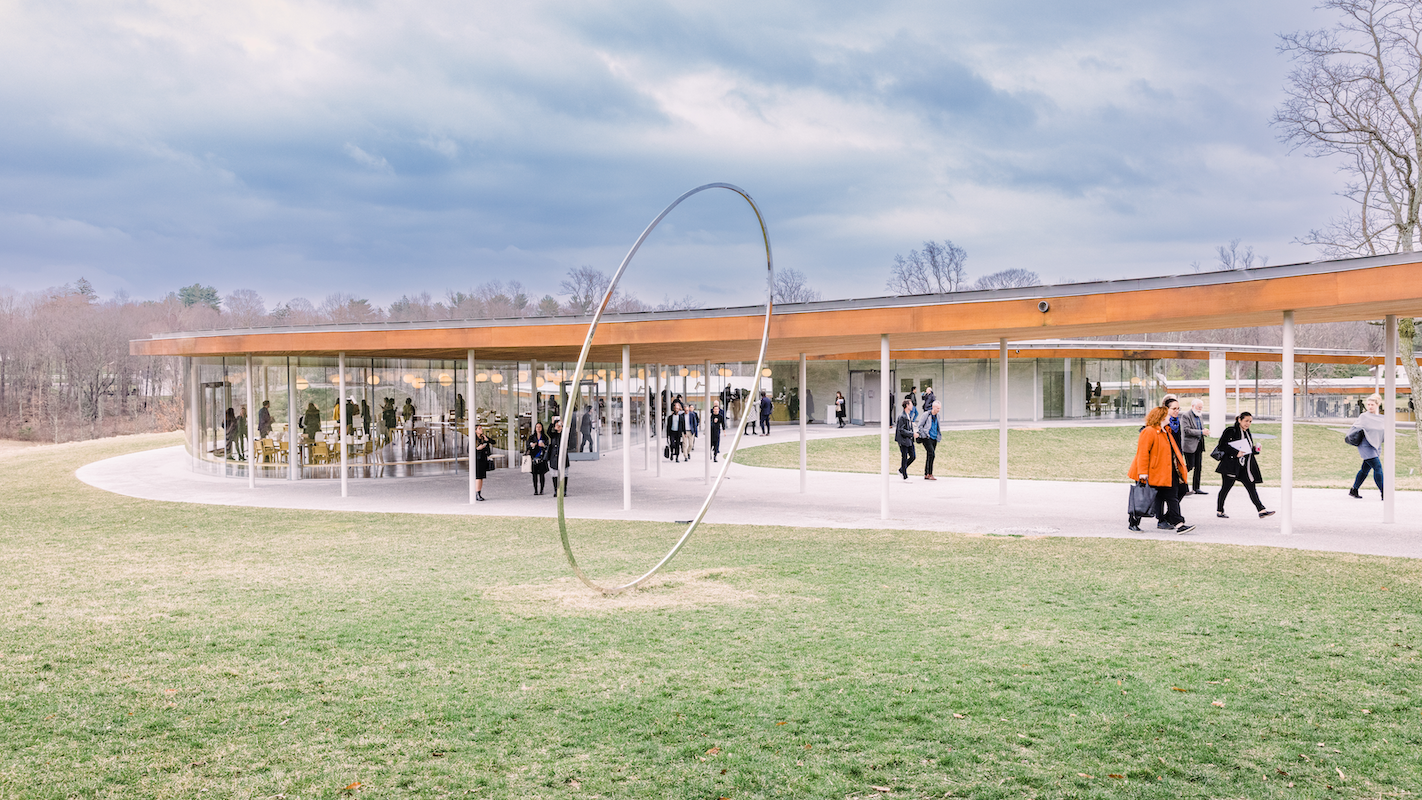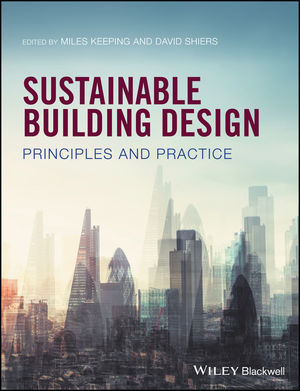Dubai Hosts Inaugural Design Week










Photo #169; Architectural Record

Photo #169; Architectural Record

Photo #169; Architectural Record

Photo #169; Architectural Record













The organizers of the first Dubai Design Week chose as its opening night speaker an architect who has never built in Dubai, despite having proposed several projects there. Bernard Khoury, a graduate of Harvard and RISD best known for nightclubs and apartment buildings in his native Lebanon, told the audience of architects and journalists in Dubai that the point of his unrealized projects for Dubai was to give the city-state something it hasn’t had before: “good spaces.”
In fact, the space Khoury spoke in was pretty good — the atrium of one of 11 new low-rise buildings that together form the first phase of the Dubai Design District (nicknamed D3). The buildings, on the edge of the city’s downtown, could be in any office park in the world, except that the architects deployed a series of chevron-shaped metal screens against the curtain wall, creating patterns that at different points suggest sand dunes or Arabic calligraphy.
Together, the new Design District and the inaugural design week (run by the same company that produces Art Dubai each spring) are meant to help create a “design culture” in Dubai, a place where, as one architect said, “we still have to tell people what they’re supposed to like.”
Among the week’s highlights were the exhibition Brilliant Beirut, about a city that for much of the 20th century represented the cosmopolitanism that Dubai aspires to. (Not coincidentally, Khoury’s work was represented in the show.) Another standout was Global Grad Show, a selection of 50 projects by recent graduates of 10 of the world’s top design schools, including the Royal College of Art in London and the Pratt Institute in Brooklyn. Other installations were scattered around Dubai, while a small “furniture fair” brought global brands like Kartell together with a handful of Emirati designers.
A tour of the city led by Richard Wagner, a German-born, SCI-Arc-trained architect who has lived in Dubai for a decade, included BoxPark, a dining and entertainment complex piled with shipping containers. Not far from BoxPark is the site of the $500 million Dubai Water Canal, nearly two miles long and up to 400 feet wide, which is meant to give the city new waterfront property; it is the inverse of the artificial islands created by dumping sand into the Persian Gulf.
Other projects under construction include the Dubai Eye, a Ferris wheel almost twice as large as the London Eye (its pyramidal base is a skyscraper in itself), and the Dubai Frame, a nearly-500-foot-high picture frame that, in typical Dubai fashion, is being touted as one of the world's top tourist attractions even before it opens. Chicago-based Adrian Smith + Gordon Gill Architecture, designers of the Burj Khalifa, the world’s tallest structure, are planning another supertall, dubbed Burj 2020.
Meanwhile, Foster and Partners has prepared an extravagant design for phase two of the design district. And the site of the planned 2020 World Expo, near Dubai’s border with Abu Dhabi, is being readied for construction. All this despite a continuing drumbeat of protest against exploitative labor practices in the Gulf, and a report (released the same day as the start of Dubai Design Week) that much of the region could become uninhabitable, due to global warming before the end of the century.
So far, neither concern has slowed the advance of oddly-shaped skyscrapers in the desert. Dubai now has so many show-off towers like chess pieces on a crowded board, that in Wagner’s view, “It’s the good, clean architecture that actually stands out.” He labeled one nutty building — picture a mirrored toothpaste tube standing on its cap — “a nondescript icon.”
In Dubai, nondescript icons are everywhere. Dubai Design Week is a start at exploring how things could be better.

















